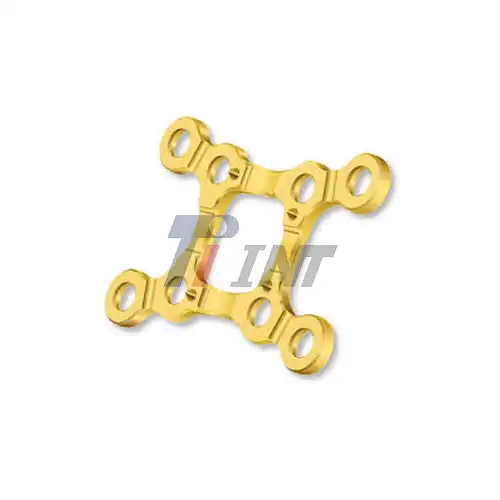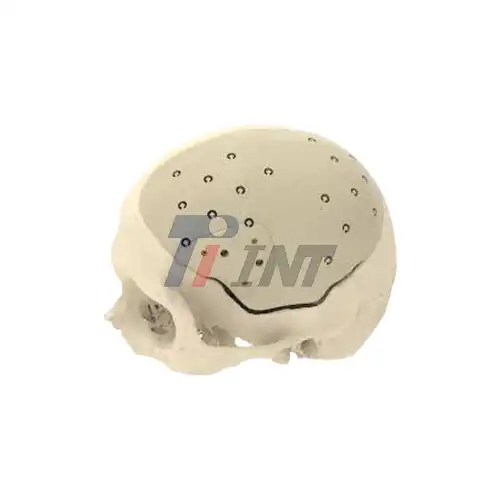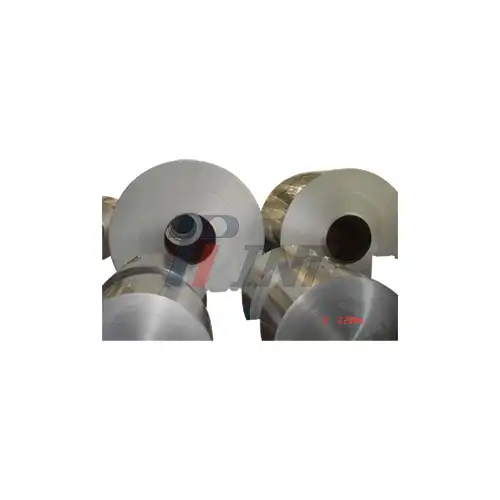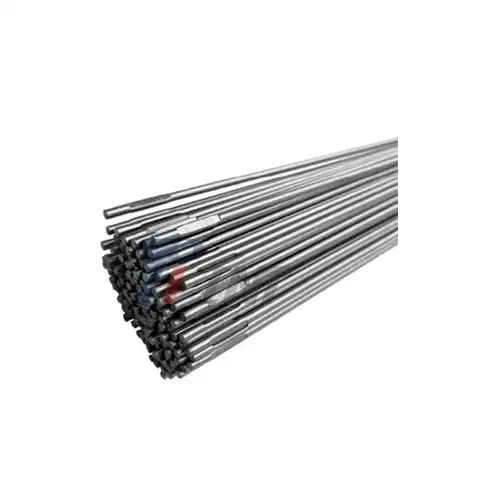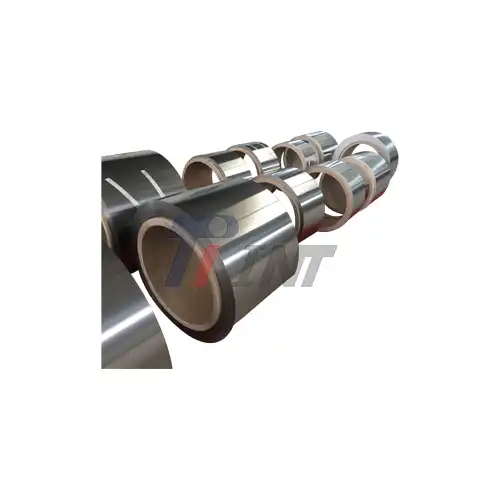The Remarkable Properties of Titanium Rod Medical Implants
Unmatched Biocompatibility for Enhanced Patient Outcomes
One of the most crucial aspects of any medical implant is its biocompatibility. Titanium rod medical implants excel in this area, demonstrating exceptional compatibility with human tissues. This remarkable property significantly reduces the risk of rejection, making titanium an ideal material for surgical bone fixation. The human body's acceptance of titanium implants is due to the formation of a stable oxide layer on the metal's surface, which prevents corrosion and adverse reactions.
Moreover, titanium's biocompatibility extends beyond mere tolerance by the body. Studies have shown that titanium can actually promote osseointegration - the process by which bone cells attach directly to the implant surface. This unique characteristic enhances the stability of the implant and accelerates the healing process, leading to better patient outcomes and reduced recovery times.
Lightweight Yet Durable: The Perfect Balance for Orthopedic Applications
When it comes to orthopedic implants, finding the right balance between strength and weight is crucial. Titanium rod medical devices offer an excellent strength-to-weight ratio, providing both flexibility and durability in critical medical applications. This unique combination of properties makes titanium rods particularly suitable for load-bearing implants, such as those used in spinal fusion surgeries or long bone fracture fixation.
The lightweight nature of titanium rods offers several advantages. For patients, it means less strain on surrounding tissues and a more natural feel post-surgery. For surgeons, the reduced weight facilitates easier handling during procedures, allowing for more precise placement and adjustment. Despite their light weight, titanium rods boast impressive tensile strength - typically around 860 MPa for Grade 5 titanium alloy (Ti6Al4V ELI) - ensuring they can withstand the rigors of daily movement and activity.
Corrosion Resistance: Ensuring Long-Term Implant Integrity
The human body presents a challenging environment for any implant, with exposure to various bodily fluids and potential electrochemical reactions. Titanium rod medical implants shine in this aspect, demonstrating excellent corrosion resistance. This property is crucial for maintaining the integrity of the implant over extended periods, often for the patient's lifetime.
The corrosion resistance of titanium is attributed to its ability to form a stable, protective oxide layer spontaneously when exposed to oxygen. This passive layer acts as a barrier, preventing further oxidation and protecting the underlying metal from corrosive elements. As a result, titanium rods can withstand the harsh bodily environment without degrading, ensuring long-term reliability and reducing the need for revision surgeries due to implant failure.
Advanced Manufacturing Techniques for Superior Titanium Rod Medical Implants
Precision Engineering for Optimal Performance
The production of high-quality titanium rod medical implants involves sophisticated manufacturing processes that ensure precision and consistency. Advanced turning and milling techniques are employed to create rods with complex geometries and tight tolerances. These processes allow for the production of implants with diameters ranging from 3mm to 100mm, catering to a wide variety of orthopedic applications.
Moreover, the length of titanium rods can be customized up to 6 meters, providing surgeons with the flexibility to address various patient needs. This customization capability is particularly valuable in complex reconstructive surgeries or when dealing with unique anatomical challenges.
Surface Finishing: Enhancing Functionality and Biocompatibility
The surface finish of titanium rod medical implants plays a crucial role in their performance and integration with the body. Manufacturers offer various surface treatments to optimize the implants for specific applications. Polished surfaces, for instance, can reduce friction and wear in joint replacement components. Sandblasted surfaces, on the other hand, can promote better osseointegration by increasing the surface area for bone cell attachment.
Some titanium rods undergo machining processes to create textured surfaces or specific features that enhance their functionality. These surface modifications can improve the implant's stability within the bone, facilitate better load distribution, or allow for easier removal if necessary.
Quality Assurance: Meeting and Exceeding International Standards
The production of titanium rod medical implants is subject to stringent quality control measures to ensure patient safety and product efficacy. Reputable manufacturers adhere to international standards, including ISO9001:2015 for quality management systems and ISO13485:2016 specifically for medical devices. Additionally, products often carry CE certification, indicating compliance with European health, safety, and environmental protection standards.
These certifications involve rigorous testing and documentation processes, covering everything from raw material sourcing to final product inspection. Quality assurance measures typically include mechanical testing to verify tensile strength (860 MPa for Grade 5 titanium), yield strength (795 MPa), and elongation (10%). Such comprehensive quality control ensures that every titanium rod medical implant meets the highest standards of safety and performance.
Applications and Innovations in Titanium Rod Medical Implants
Diverse Applications in Orthopedic Surgery
Titanium rod medical implants find applications across a wide spectrum of orthopedic procedures. In spinal surgery, they are commonly used for spinal fusion, providing stability and support to the vertebrae while promoting bone growth. For long bone fractures, intramedullary nails made from titanium offer a minimally invasive solution for fracture fixation, allowing for earlier weight-bearing and faster rehabilitation.
In joint replacement surgeries, titanium rods often form the core of prosthetic components, such as hip stems or knee implants. Their excellent fatigue resistance makes them ideal for these high-stress applications, where the implant must withstand millions of loading cycles over its lifetime. Additionally, titanium rods are used in trauma surgery for external fixation devices, providing a stable framework for complex fracture management.
Innovations in Alloy Composition
While pure titanium offers excellent biocompatibility, ongoing research has led to the development of advanced titanium alloys that further enhance the performance of medical implants. Ti6Al4V ELI (Extra Low Interstitial) is a popular alloy that combines the biocompatibility of titanium with improved mechanical properties. This alloy is particularly well-suited for load-bearing implants due to its high strength and low modulus of elasticity, which helps to reduce stress shielding - a phenomenon where bone resorption occurs due to the implant taking on too much of the load.
Newer titanium alloys are being developed with specific focuses, such as improved osseointegration or enhanced wear resistance. These innovations are pushing the boundaries of what's possible in orthopedic implant technology, potentially leading to longer-lasting implants and improved patient outcomes.
The Future of Titanium Rod Medical Implants
The field of titanium rod medical implants continues to evolve, with exciting developments on the horizon. One area of active research is the use of 3D printing technology to create custom titanium implants tailored to individual patient anatomy. This approach could revolutionize complex reconstructive surgeries, allowing for perfectly fitted implants that optimize healing and functionality.
Another promising avenue is the development of surface treatments that enhance the biological properties of titanium implants. For example, researchers are exploring ways to incorporate growth factors or antimicrobial agents into the surface of titanium rods, potentially accelerating healing and reducing the risk of post-operative infections.
As materials science and medical technology continue to advance, we can expect to see even more innovative applications for titanium rod medical implants, further improving patient care and surgical outcomes in the field of orthopedics.
Conclusion
High-quality titanium rods for surgical bone fixation have become indispensable tools in modern orthopedic surgery. Their unique combination of biocompatibility, strength, and durability makes them ideal for a wide range of applications, from spinal fusion to joint replacement. As manufacturing techniques continue to improve and new alloys are developed, the potential for titanium rod medical implants to enhance patient care and outcomes is truly exciting.
For those seeking top-tier titanium rod medical implants and related products, Baoji INT Medical Titanium Co., Ltd. stands as a leader in the field. With over 30 years of experience in titanium material research, development, and production, INT offers a comprehensive range of medical titanium products that meet the highest international standards. To learn more about their cutting-edge titanium solutions for the medical industry, interested parties are encouraged to reach out via email at export@tiint.com.


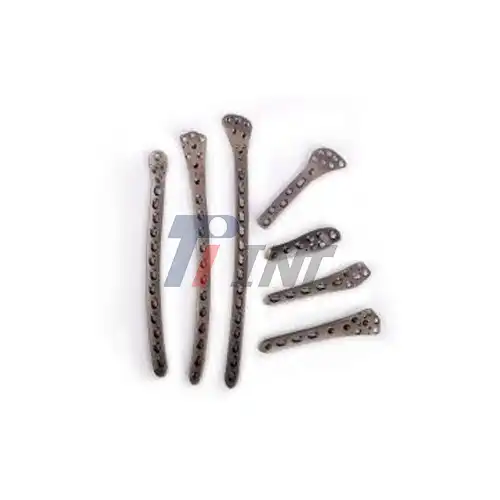







 2025-07-04 14:23:31
2025-07-04 14:23:31
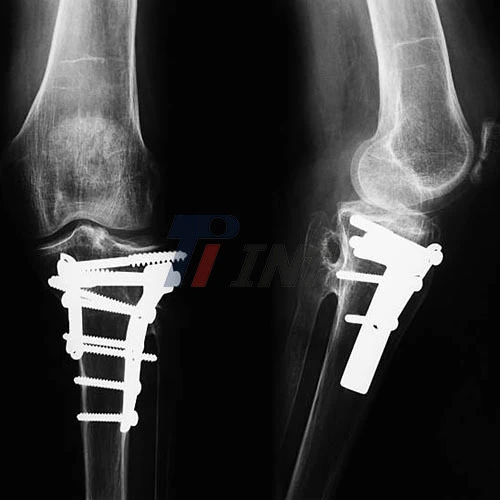
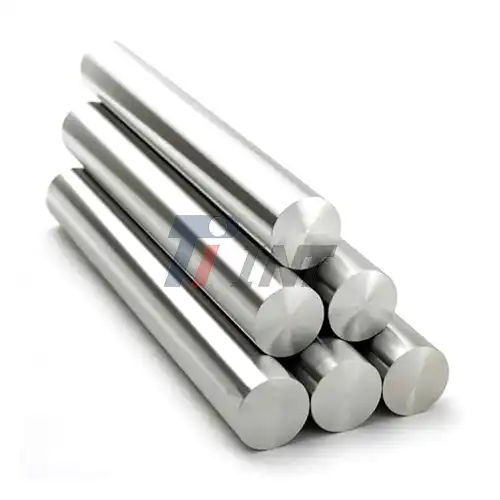
_1752462199458.webp)
_1751955824855.webp)
_1750209732185.webp)
